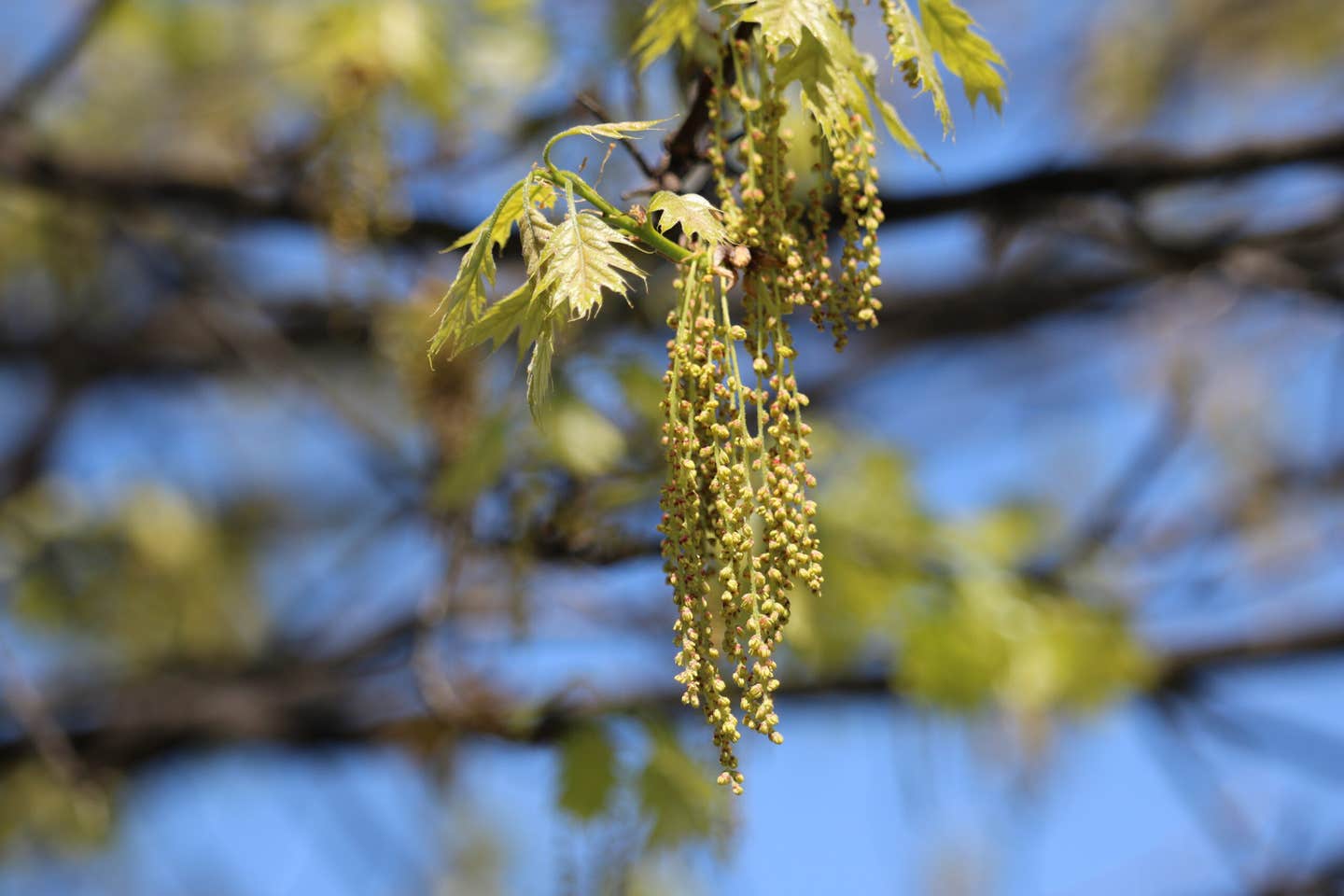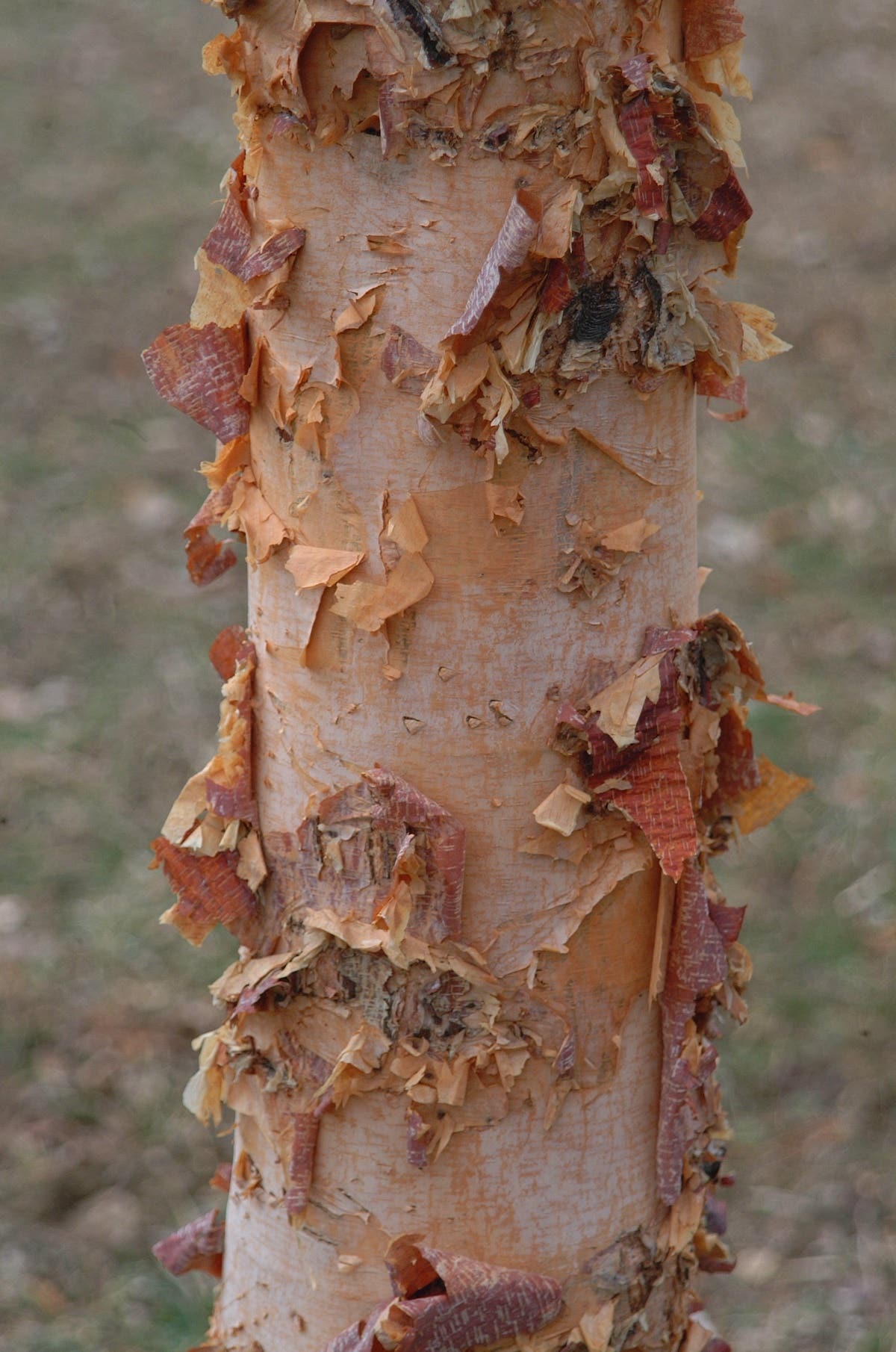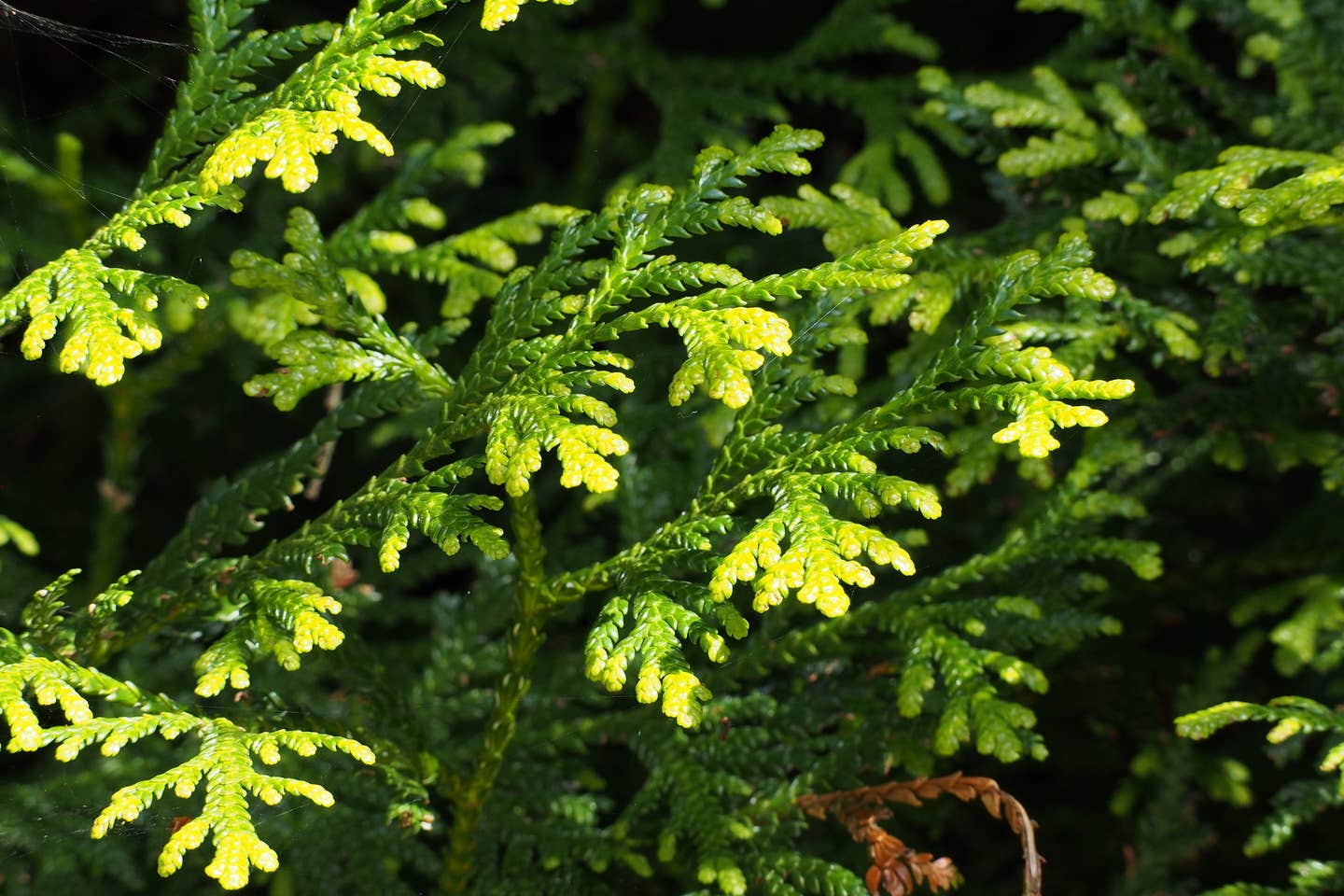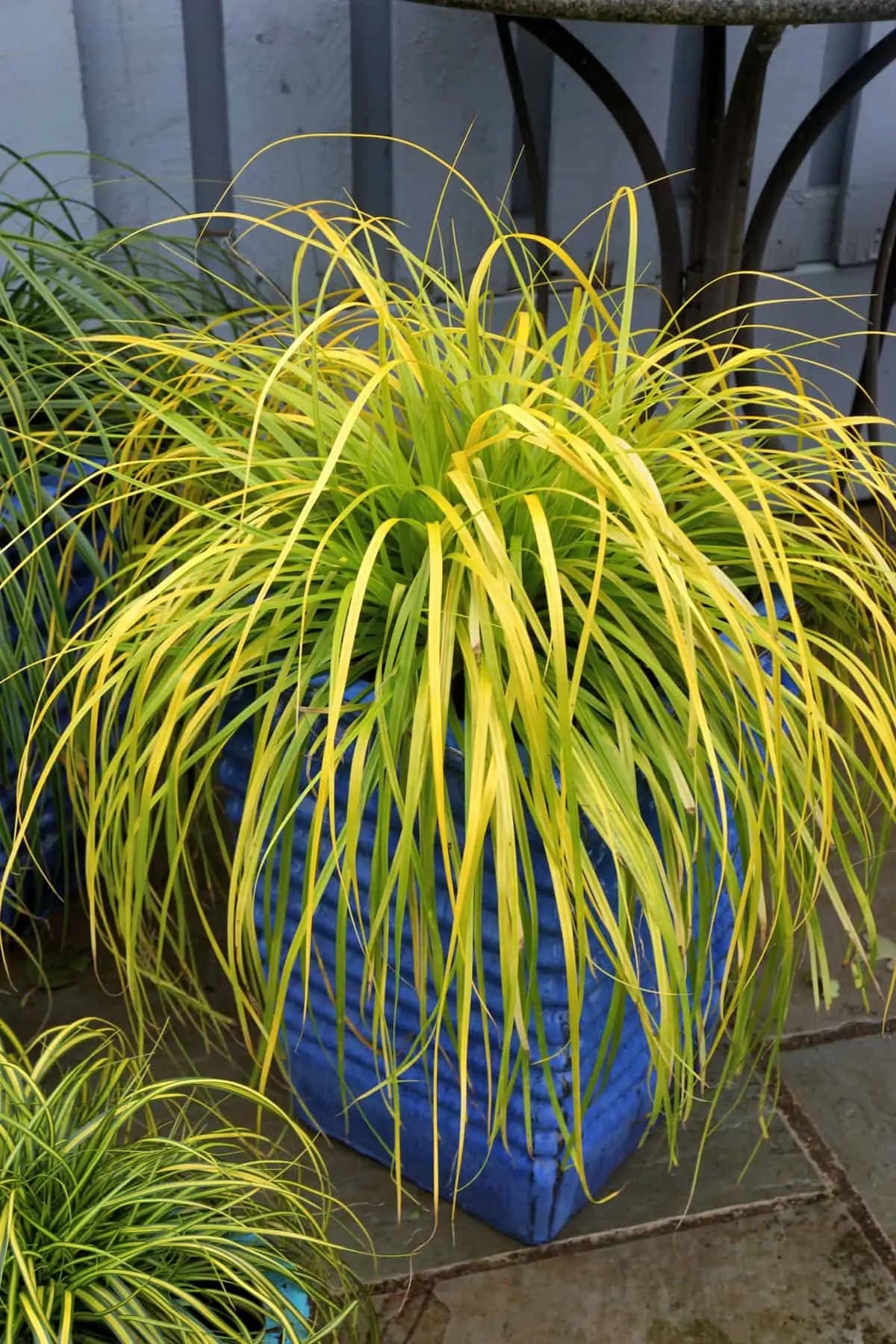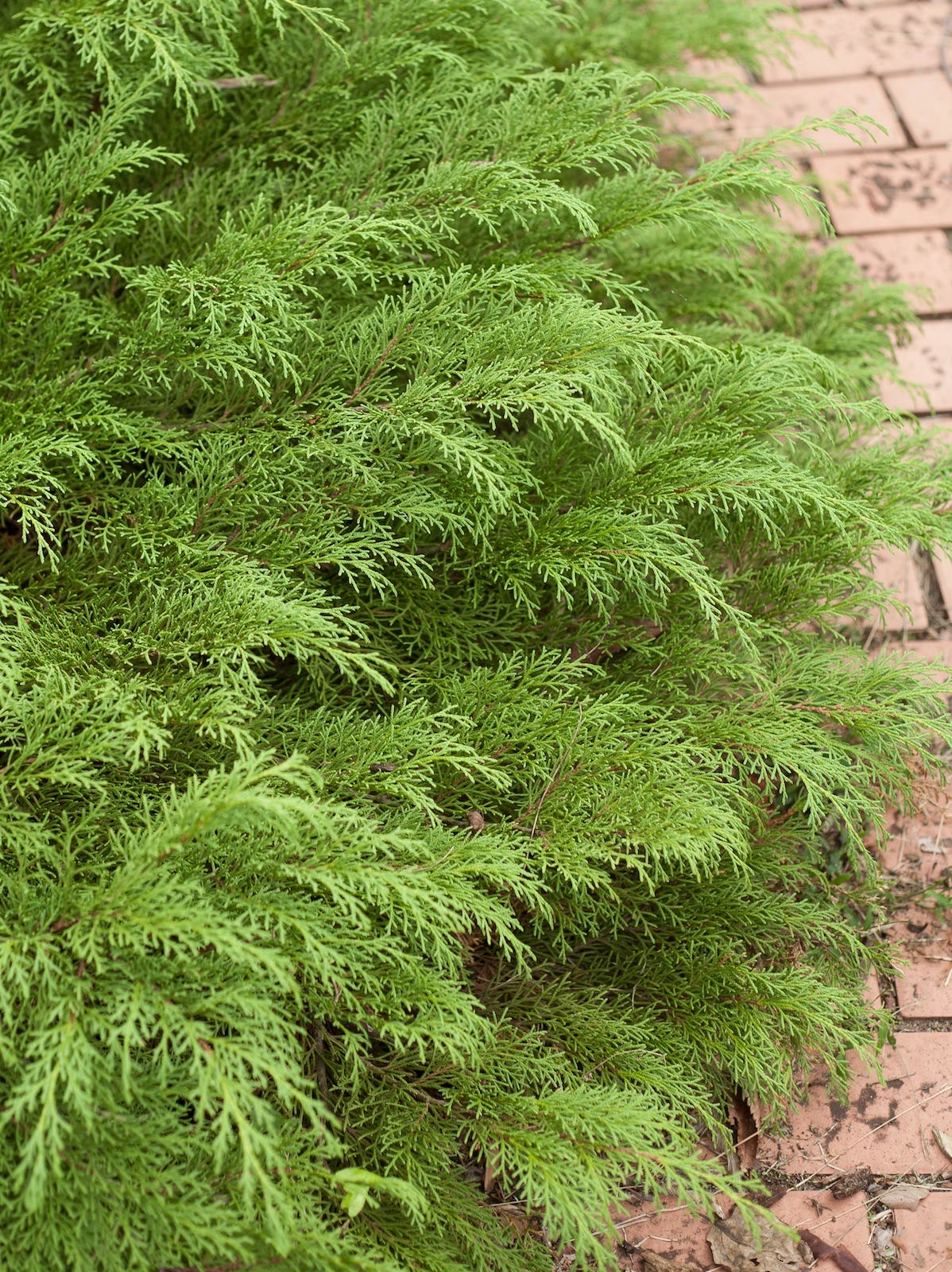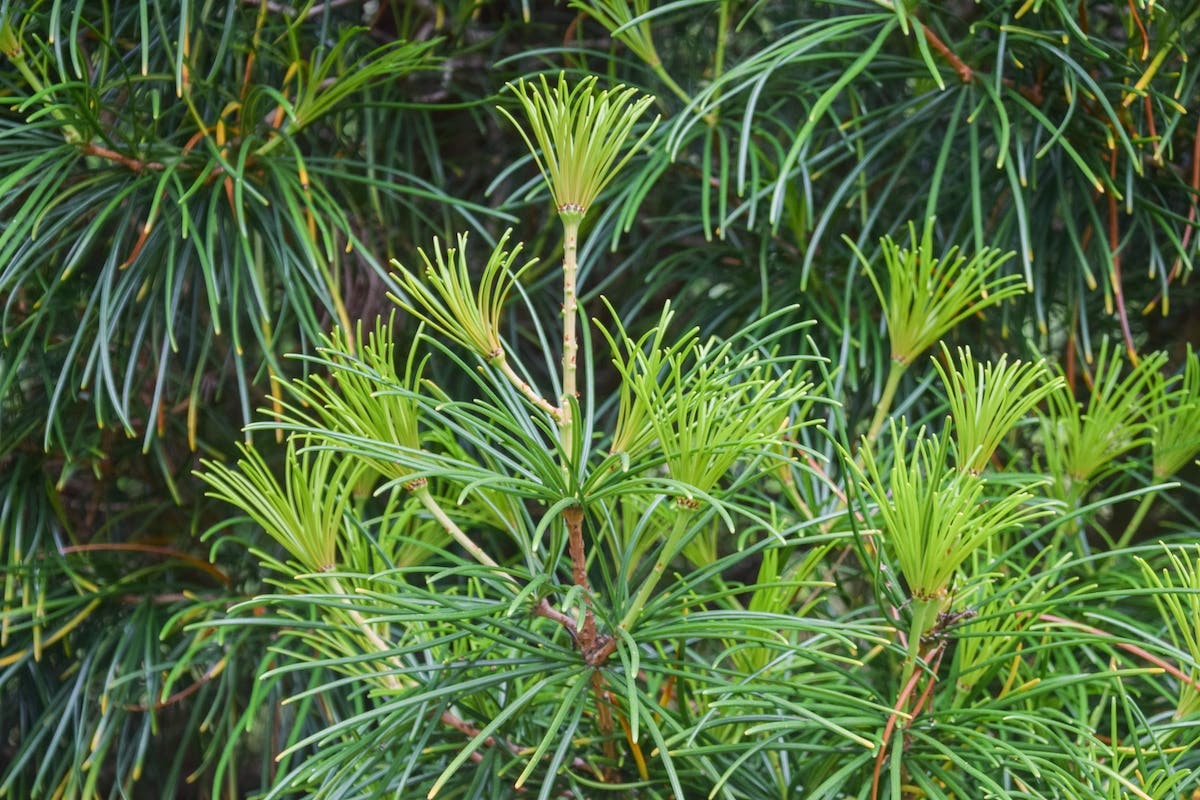White Swan Coneflower Is a Time-tested Echinacea
Virtues: White Swan coneflower is, as its name implies, a white-flowered version of purple coneflower (Echinacea purpurea). It boasts all the attributes of the species: long bloom time; bold, showy…
Virtues: White Swan coneflower is, as its name implies, a white-flowered version of purple coneflower (Echinacea purpurea). It boasts all the attributes of the species: long bloom time; bold, showy flowers that feed bees and butterflies; textural seed heads that attract American goldfinches and other songbirds. Additionally, White Swan coneflower has proven to be a reliable repeat performer, while other non-purple varieties often disappear or peter out after their first year. White Swan also retains its white color well, while other white versions can become muddy or dingy.
Common name: White Swan coneflower
Botanical name:Echinacea purpurea ‘White Swan’
Exposure: Full sun to part shade
Season: Early or midsummer through autumn, for flowers
Flowers: White Swan coneflower offers a heavy, prolonged bloom of daisy-type flowers up to 4 inches across. These stand on stiff stems that rise above the foliage. White petals surround a domed central disk of tiny greenish bronze florets. The long petals start out horizontal but droop to make the flower resemble a shuttlecock. They retain their white color well over time.
Foliage: As is typical of Echinacea purpurea, this coneflower variety has deep green, stiff, slightly hairy leaves that taper to a point.
Habit: ‘White Swan’ grows between 2 and 3 feet tall with a spread of about 18 inches. An herbaceous perennial, it dies back toward the ground in fall and grows anew in spring.
Origins: The species Echinacea purpurea is native to open woods and meadows of the southeastern United States (hence the plant’s tolerance for heat, sun, humidity and dry soil). The variety ‘White Swan’ was introduced by Thompson & Morgan in 1987, making it a proven perennial performer for over 30 years.
How to grow White Swan coneflower: Plant this perennial in full sun to part shade, in soil with average fertility and good drainage. Although it will take part shade, the more sun it gets, the more it will bloom. Do not feed it, because fertilizers tend to promote a quick flush of weak, floppy growth in Echinacea. Provide water during dry spells in the growing season of the first year, but once established coneflower is tolerant of drought, as well as heat and humidity. White Swan coneflower can be propagated by division every few years (in spring) or from seed. It may also self-sow around the garden if the seed heads are left standing (and the goldfinches don’t devour all of the seeds). This plant will bloom over a long period without deadheading, but if you do not want it to make seed, remove the spent flower heads. Leave the spent foliage standing in the fall and remove it in early spring. USDA Zones 4–8.
Image credit: tannic perovic photography / Moment / Getty Images


